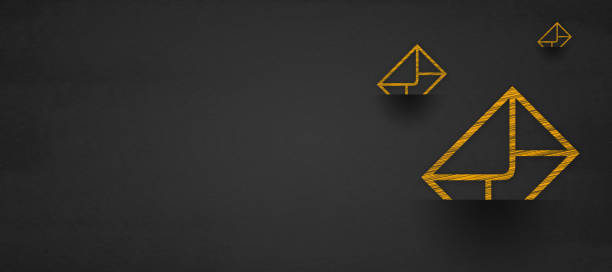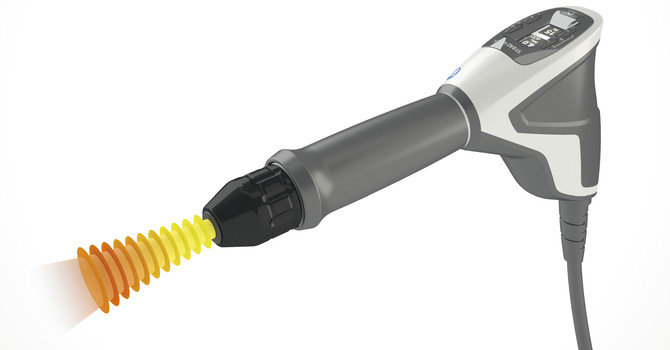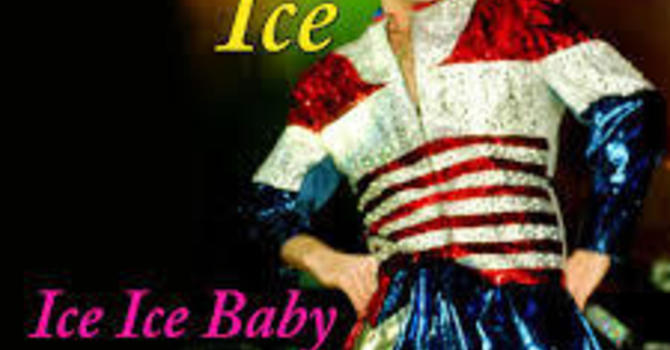
T…M…D & T…M…J
Those are probably three of the most famous letters among laymen and dentists alike. I am sure that many have heard of TMJ, but maybe not TMD. Temporomandibular disorders(TMD) refer to problems in the muscles or the joint in and around the temporomandibular joint(TMJ). The joint is made up of two bones with a fibrous disc in between and muscles that control the opening and closing of the jaw. Have you ever had pain in your ear, jaw, teeth, temples, face, or neck on one or both sides? Do you have symptoms of clicking or popping or grinding that you hear coming from your jaw? Overworked, tense and fatigued muscles in and around the TMJ can be pain generators. Inflammation of the joint, arthritis, disc degeneration or displacement and the way the teeth come together can all cause problems in the TMJ. Reasons for problems in the joint and musculature are most commonly related to STRESS. People who grind their teeth are more likely to develop this problem. Conservative therapy is quite effective in treating TMD including manual therapy to the muscles, stress reduction, wearing night guards/bite splints, and mobilization/manipulation of the joint.
DISC PROBLEMS ARE NOT THE END OF YOUR LIFE
Have you ever heard someone say that they have a “slipped disc” or their “back went out on them”? These are two very common presentations that we see and treat very effectively as chiropractors. Let’s start with a little anatomy lesson. The discs are the shock absorbers that are located in between the vertebrae of the spinal column. The discs in the neck and lower back are very different in nature and do not operate quite the same. The discs in the neck are cartilage plates and are there for cushion and movement. The discs in the lower back are more like jelly doughnuts and are there to absorb all the shock from anything above them. Cartilage plates move and jelly doughnuts ooze. When we perform repetitive movements or when our body maintains improper posture for long periods of time is when the discs start to fail. When we sit and bend, the discs tend to migrate backwards. If they hang out there long enough you can get symptoms of pain/numbness/tingling in one or both of your arms or legs. There are ways to conservatively and effectively treat disc problems without the use of drugs or surgery. Dr. Hartmann has advanced training in disorders relating to the discs of the neck and lower back.
THOUGHT OF THE MONTH
“People who follow their joy discover a depth of talent and creativity that inspires us all!”
LETTERS FROM LINZIE…
YOGA classes will be offered on Mondays and Wednesdays starting in June. Linzie will have a few different classes for both the beginner and the advanced YOGI. Classes will begin at 6pm and 7:15pm and are still $10 per session. Please call to reserve your spot in a class.



